Researchers investigated the oxidative response of both Ag and Mo nanoparticles by using differential pulse voltammetry. After identifying the individual responses, the two materials were combined on a single electrode for simultaneous detection.
Jan 31st, 2014
Read more
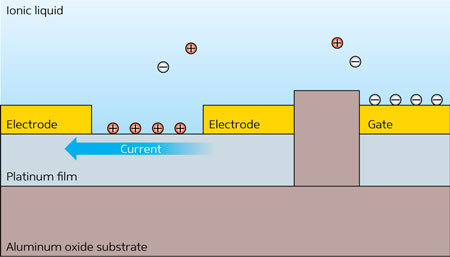 Ultrathin platinum films become magnetic when subjected to an electric field.
Ultrathin platinum films become magnetic when subjected to an electric field.
Jan 31st, 2014
Read more
Plasmonic nanoparticles developed at Rice University are becoming known for their ability to turn light into heat, but how to use them to generate electricity is not nearly as well understood. Scientists at Rice are working on that, too. They suggest that the extraction of electrons generated by surface plasmons in metal nanoparticles may be optimized.
Jan 30th, 2014
Read more
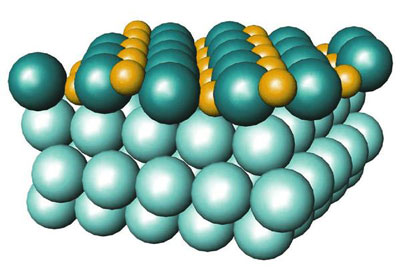 Researchers observe a catalyst surface at work with atomic resolution.
Researchers observe a catalyst surface at work with atomic resolution.
Jan 30th, 2014
Read more
An international research group led by the University of Bristol has made an important advance towards a quantum computer by shrinking down key components and integrating them onto a silicon microchip.
Jan 30th, 2014
Read more
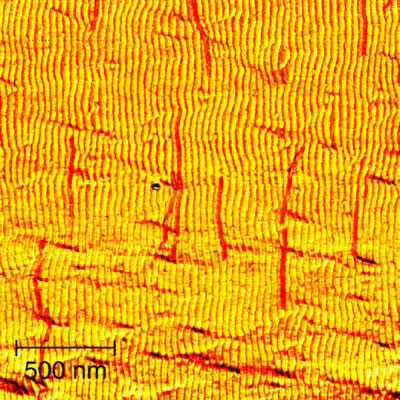 Researchers have come up with a simple strategy which combines DNA origami with self-organized pattern formation.
Researchers have come up with a simple strategy which combines DNA origami with self-organized pattern formation.
Jan 30th, 2014
Read more
A new high-level book for professionals providing an overview of nanotechnologies now and their applications in a broad variety of fields, including information and communication technologies, environmental sciences and engineering, societal life, and medicine, with provision of customized treatments.
Jan 30th, 2014
Read more
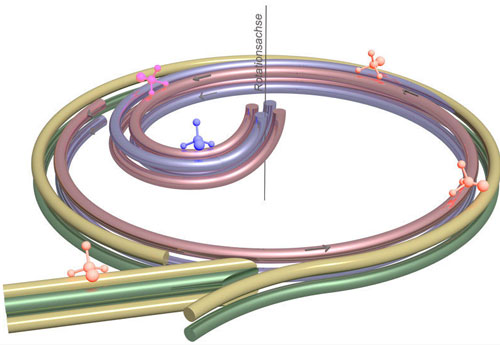 Using centrifugal force to decelerate particles creates new opportunities for chemistry and quantum information processing.
Using centrifugal force to decelerate particles creates new opportunities for chemistry and quantum information processing.
Jan 30th, 2014
Read more
 Researchers at Aalto University and Amherst College have now created and photographed synthetic magnetic monopoles under laboratory conditions. These observations lay the foundation for the underlying structure of the natural magnetic monopole - the detection of which would be a revolutionary event comparable to the discovery of the electron.
Researchers at Aalto University and Amherst College have now created and photographed synthetic magnetic monopoles under laboratory conditions. These observations lay the foundation for the underlying structure of the natural magnetic monopole - the detection of which would be a revolutionary event comparable to the discovery of the electron.
Jan 30th, 2014
Read more
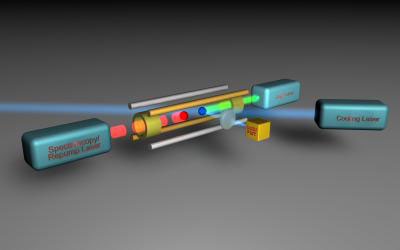 New method of precision spectroscopy allows unprecedented accuracy.
New method of precision spectroscopy allows unprecedented accuracy.
Jan 30th, 2014
Read more
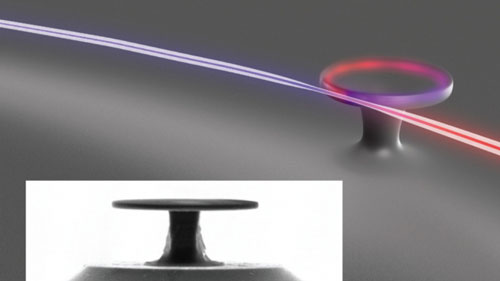 Here's a question: Can scientists generate any color of light? The answer is not really, but the invention of the laser in 1960 opened new doors for this endeavor.
Here's a question: Can scientists generate any color of light? The answer is not really, but the invention of the laser in 1960 opened new doors for this endeavor.
Jan 30th, 2014
Read more
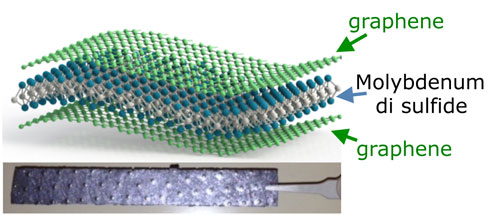 Researchers demonstrate that a composite paper - made of interleaved molybdenum disulfide and graphene nanosheets - can be both an active material to efficiently store sodium atoms and a flexible current collector. The newly developed composite paper can be used as a negative electrode in sodium-ion batteries.
Researchers demonstrate that a composite paper - made of interleaved molybdenum disulfide and graphene nanosheets - can be both an active material to efficiently store sodium atoms and a flexible current collector. The newly developed composite paper can be used as a negative electrode in sodium-ion batteries.
Jan 29th, 2014
Read more
 Oak Ridge National Laboratory is developing a low-cost, transparent, anti-soiling (or self-cleaning) coating for solar reflectors to optimize energy efficiency while lowering operating and maintenance costs and avoiding negative environmental impacts.
Oak Ridge National Laboratory is developing a low-cost, transparent, anti-soiling (or self-cleaning) coating for solar reflectors to optimize energy efficiency while lowering operating and maintenance costs and avoiding negative environmental impacts.
Jan 29th, 2014
Read more
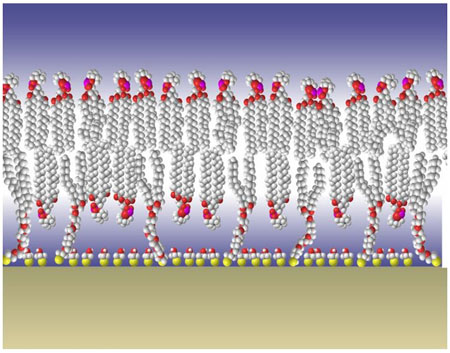 Researchers have used a NIST-developed laboratory model of a simplified cell membrane to accurately detect and measure a protein associated with a serious gynecological disease, bacterial vaginosis, at extraordinarily low concentrations. The work illustrates how the artificial membrane could be used to improve disease diagnosis.
Researchers have used a NIST-developed laboratory model of a simplified cell membrane to accurately detect and measure a protein associated with a serious gynecological disease, bacterial vaginosis, at extraordinarily low concentrations. The work illustrates how the artificial membrane could be used to improve disease diagnosis.
Jan 29th, 2014
Read more
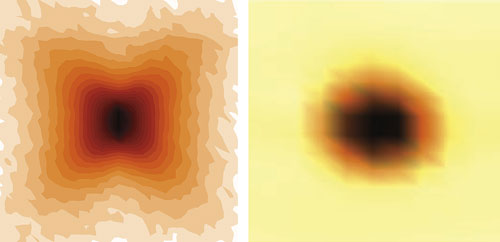 Though piezoelectrics are a widely used technology, there are major gaps in our understanding of how they work. Now researchers at the National Institute of Standards and Technology (NIST) and Canada's Simon Fraser University believe they've learned why one of the main classes of these materials, known as relaxors, behaves in distinctly different ways from the rest and exhibit the largest piezoelectric effect.
Though piezoelectrics are a widely used technology, there are major gaps in our understanding of how they work. Now researchers at the National Institute of Standards and Technology (NIST) and Canada's Simon Fraser University believe they've learned why one of the main classes of these materials, known as relaxors, behaves in distinctly different ways from the rest and exhibit the largest piezoelectric effect.
Jan 29th, 2014
Read more
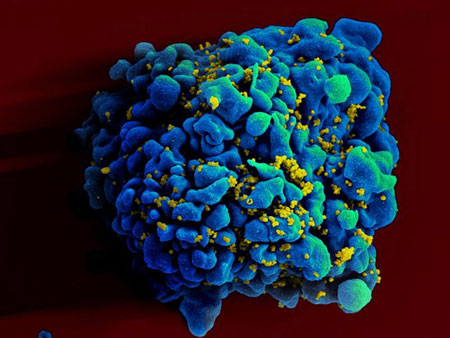 The product has proven efficiency in lab tests, although clinical trials are yet to be performed.
The product has proven efficiency in lab tests, although clinical trials are yet to be performed.
Jan 29th, 2014
Read more













 Subscribe to our Nanotechnology News feed
Subscribe to our Nanotechnology News feed